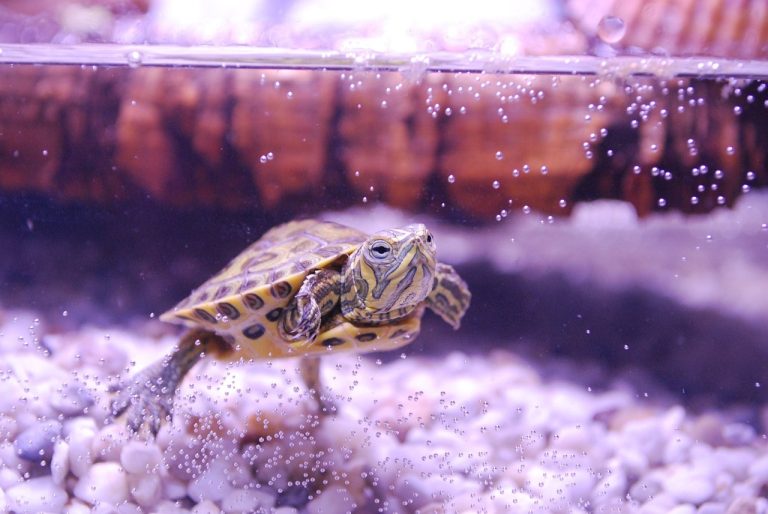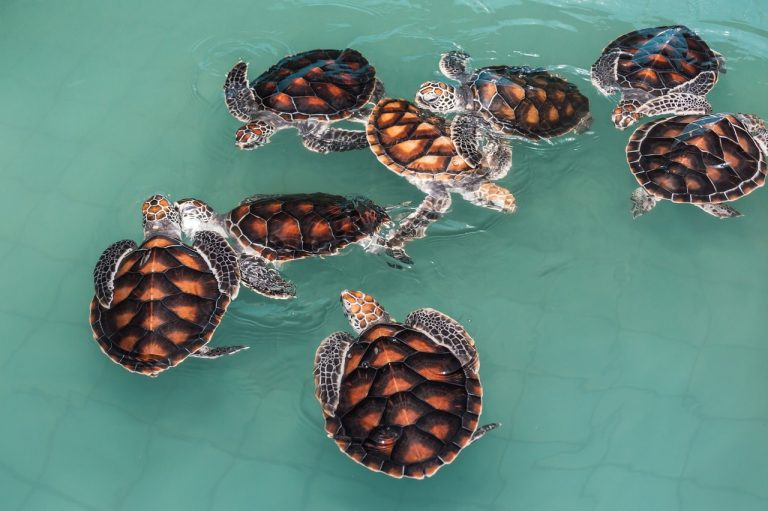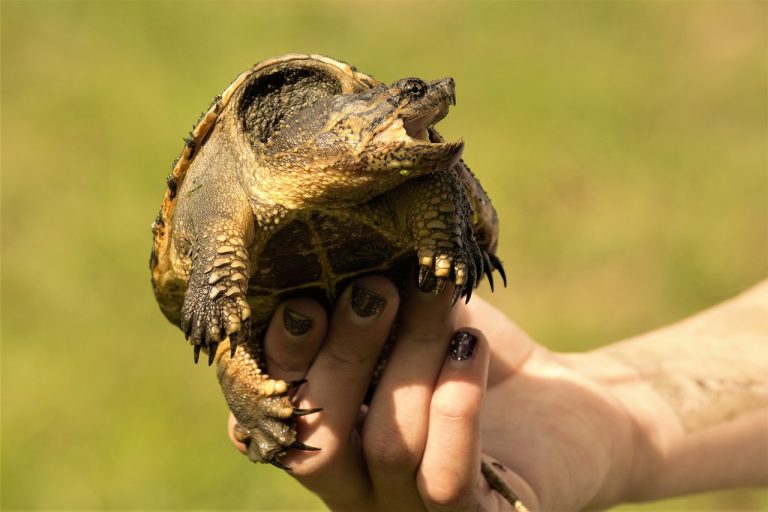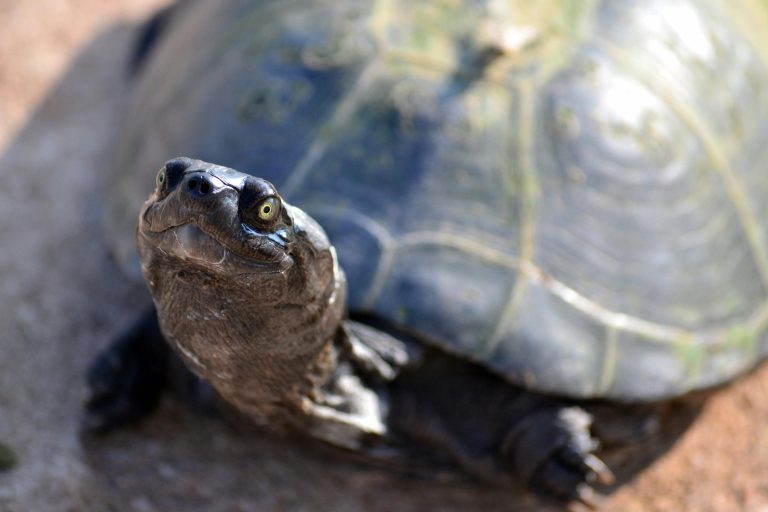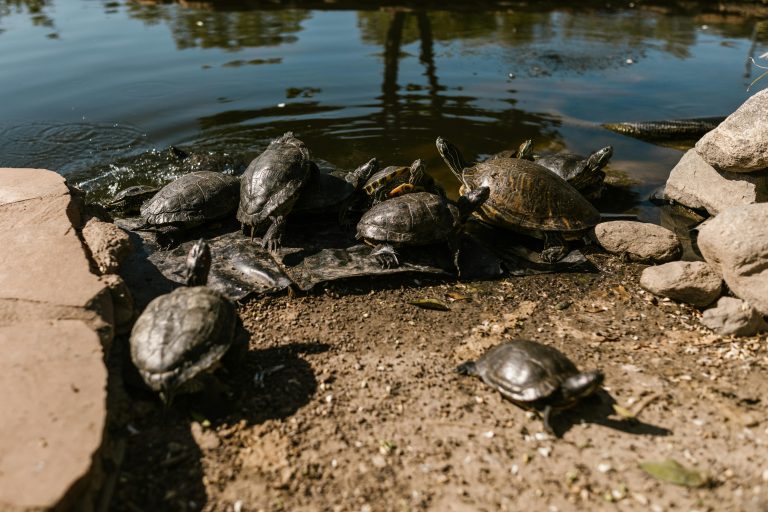Where Do Different Sea Turtles Live?
If you’ve had the pleasure of visiting Hawaii, chances are you’ve encountered the majestic green sea turtle, a beloved icon of the island. But Hawaii is just one of many coastal areas where these magnificent creatures can be found. In fact, sea turtles grace the waters of numerous tropical and subtropical regions across the globe.
Sea turtles are creatures of warmth, preferring the balmy temperatures of the Pacific, Indian, and Atlantic oceans. From the sandy shores of the United States to the vibrant reefs of Mexico, from the idyllic islands of Indonesia to the bustling coasts of India and Sri Lanka, sea turtles carve out their habitats in a diverse array of locales.
Each subspecies of sea turtle has its own unique habitat and distribution, ranging from nesting beaches to foraging grounds and migration routes. In the forthcoming write-up, you’ll discover a comprehensive overview of the habitats and distribution patterns of these remarkable creatures, shedding light on their global presence and the vital role they play in marine ecosystems.

Sea Turtles Habitat And Distribution
Sea Turtle Subspecies | Habitat | Distribution
Green Sea Turtles: Coastal areas and reefs | From Florida and the Carolinas to California and Peru
Loggerhead Sea Turtle: In tropical regions | Found worldwide
Flatback Sea Turtle: Close to the shore | Mostly in Australian waters
Leatherback Sea Turtle: Deep ocean | Throughout the Pacific, Atlantic, and Indian oceans
Kemp’s Ridley Sea Turtle: Shallow water coasts | Primarily in the Gulf of Mexico
Olive Ridley Sea Turtle: Deep sea | Found around many unknown islands and reefs
Hawksbill Sea Turtle: Close to coastal shores | Throughout the Pacific oceans
Where Do Different Sea Turtles Live?
Sea turtles, with their diverse species and habitats, offer a fascinating glimpse into the intricacies of marine life. Let’s delve into the unique habitats and distributions of each sea turtle subspecies:
Green Sea Turtle:
- Habitat: Warm coastal waters with sandy beaches and coral reefs.
- Distribution: Found in the Atlantic, Pacific, and Indian Oceans, as well as in specific regions such as Coastal East Africa, the Mesoamerican Reef, the Coral Triangle, and the Galapagos Islands.
Loggerhead Sea Turtle:
- Habitat: Warm coastal areas and other tropical and subtropical regions.
- Distribution: Widely distributed in the Atlantic, Indian, and Pacific Oceans, from Southern Chile to Northern Alaska in the Eastern Pacific, and from Newfoundland to Argentina in the Western Pacific. Nesting sites include Southern Japan, the USA, Australia, and Oman.
Flatback Sea Turtle:
- Habitat: Northern Australian waters, with nesting sites in areas such as Crab Island, Queensland, Western Australia, and the Northern Territory.
- Distribution: Limited distribution, mostly found in Northern Australian waters, Southern Indonesia, and Southern Papua New Guinea.
Leatherback Sea Turtle:
- Habitat: Deep ocean waters, foraging areas distributed throughout the Northwest Atlantic, East Pacific, West Pacific, and Indian Oceans.
- Distribution: Found worldwide, with nesting sites in Trinidad and Tobago, Gabon, the West Indies, Africa, Indonesia, Solomon Islands, Papua New Guinea, Mexico, Costa Rica, Florida, Puerto Rico, and Virginia Island.
Kemp’s Ridley Sea Turtle:
- Habitat: Primarily the Gulf of Mexico, extending to Nova Scotia and eastern Atlantic waters.
- Distribution: Range from Florida to New England, with sightings in areas such as Azero, Morocco, the Mediterranean Sea, and the Atlantic basin.
Olive Ridley Sea Turtle:
- Habitat: Tropical regions of the Indian, Pacific, and Atlantic Oceans, with nesting sites from Southern California to Northern Chile in the Eastern Pacific.
- Distribution: Found in the Indian, Pacific, and Atlantic Oceans, with significant populations in India, Sri Lanka, Southern Mexico, and Colombia.
Hawksbill Sea Turtle:
- Habitat: Coral reefs, rocky areas, shallow coastal regions, and lagoons in tropical waters.
- Distribution: Coastal regions from Texas to Southern Florida, Puerto Rico, Virginia Island, Brazil, and mangrove estuaries.
Each sea turtle species has evolved to thrive in specific environments, highlighting the incredible diversity and adaptability of these remarkable creatures across the world’s oceans.

Before You Go…
Indeed, sea turtles are creatures of the sea, spending the majority of their lives submerged beneath the waves. They surface only when necessary, such as for nesting or in cases of injury. Their existence is intimately tied to the marine environment, where they migrate in search of food, mates, and suitable nesting sites.
However, the future of these magnificent creatures hangs in the balance as their populations face numerous threats, many of which are human-induced. Manmade disasters such as pollution, habitat destruction, climate change, and accidental bycatch in fishing gear have taken a devastating toll on sea turtle populations worldwide.
As advocates for these gentle giants of the ocean, it is our responsibility to take action to protect and preserve their numbers. This includes efforts to create safe nesting beaches, reduce pollution and plastic waste in marine environments, establish marine protected areas, and promote sustainable fishing practices that minimize harm to sea turtles.
By working together to safeguard their habitats and mitigate the threats they face, we can ensure that future generations will continue to marvel at the beauty and grace of these ancient mariners. As turtle lovers, let us unite in our commitment to the conservation of sea turtles and the preservation of our oceans for generations to come.

